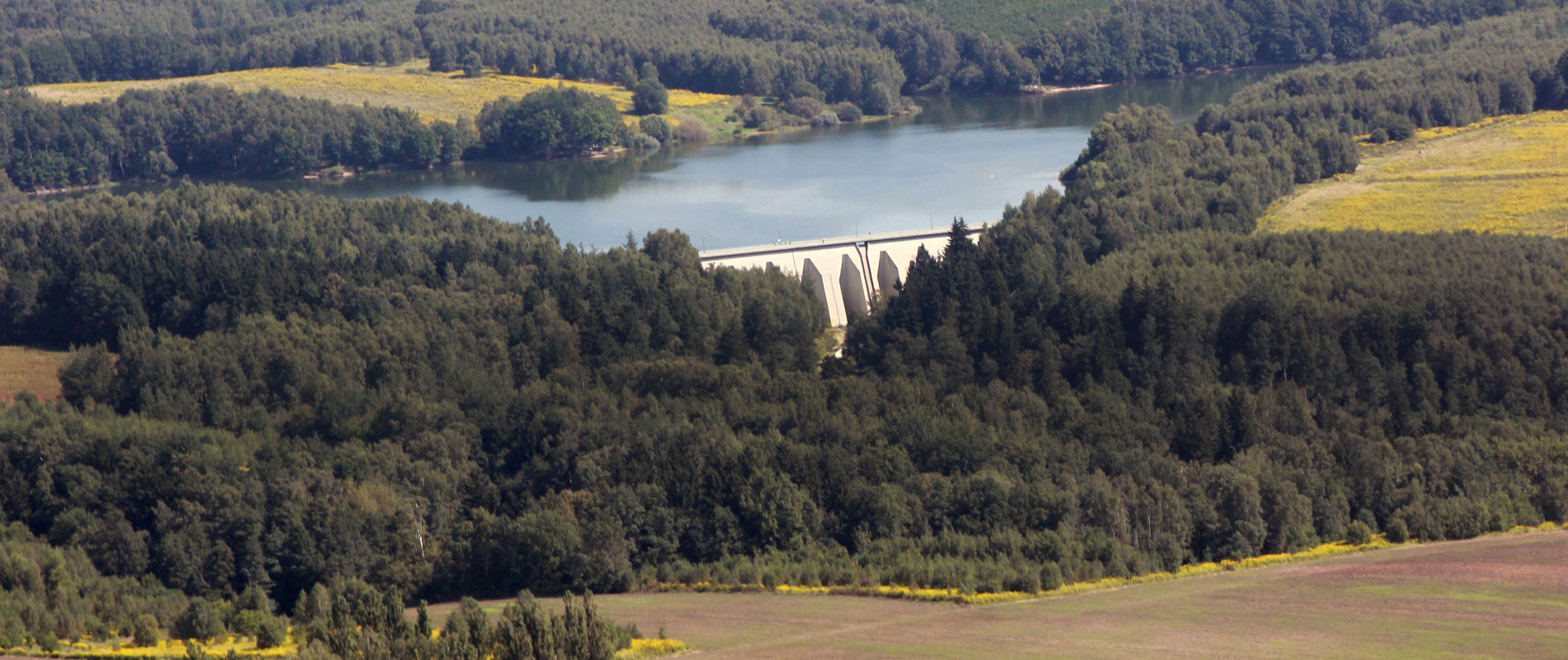Over the years, falcons have taken a liking to PGE chimneys. For the first time ornithologists spotted a pair of falcons on the premises of the Dolna Odra Power Plant Complex in 2003 and then the first nestlings were ringed. In the following years, the birds settled down in specially prepared habitats located on the chimneys of the cogeneration plants in Gdynia, Gdańsk, Toruń, Lublin, as well as on the chimneys of the power plant in Bełchatów, and the Dolna Odra Power Plant Complex. In 2020, a total of 18 chicks hatched and were ringed in six nests located on the premises of PGE branches. Since 2003, 83 young falcons have fledged from nests located on PGE Group installations, which accounts for 17.3 per cent of all peregrine falcons born in Poland since 2000 (479 nestlings in total).
As part of activities related to the restoration of the peregrine falcon species, PGE cooperates with the “Falcon” Wild Animals Association. Within the scope of this cooperation, cameras were placed on the falcon nesting boxes located on the premises of the cogeneration plants in Gdynia, Toruń and Lublin. Thanks to this, birds and their activities can be watched online at www.peregrinus.pl.
This possibility to observe the family life of the peregrine falcon aims to spread the knowledge of actions taken to restore the species. It also allows an indirect contact with nature, especially its unreachable parts, as in the case of the peregrine falcon, which usually has its nest at an altitude of one hundred metres. Observing the life of peregrine falcons is an extremely popular pastime. Statistics show that the highest number of nest viewing visits occurs in May. In this month alone, more than 400,000 views of the aforementioned website showing nests located on PGE chimneys can be recorded. The Group organises regular contests for names for young falcons. Each time as many as 3,000 people submit their naming proposals. Posts and videos promoting PGE’s activities in the field of peregrine falcon protection are published on PGE’s YouTube channel and social media.
PGE also supports the “Falcon” Association in information and education activities, encouraging local communities to take an interest in the life of wild birds. At the Gdynia Combined Heat and Power Plant, it is a tradition to invite pupils from the nearby primary school to a „live” nature lesson during which they have the opportunity to see the process of ringing young birds.
Besides falcons, the premises of the Dolna Odra Power Plant Complex are also inhabited by bank swallows, which nest in the disused section 4 of furnace waste dump, as well as kestrels, whose nests are located on the power plant chimney. As their habitat, swallows have adapted the slopes created as a result of ash-slag removal. Their protection consists mainly in protecting young birds, which often fall out of their nests during the first flights.


